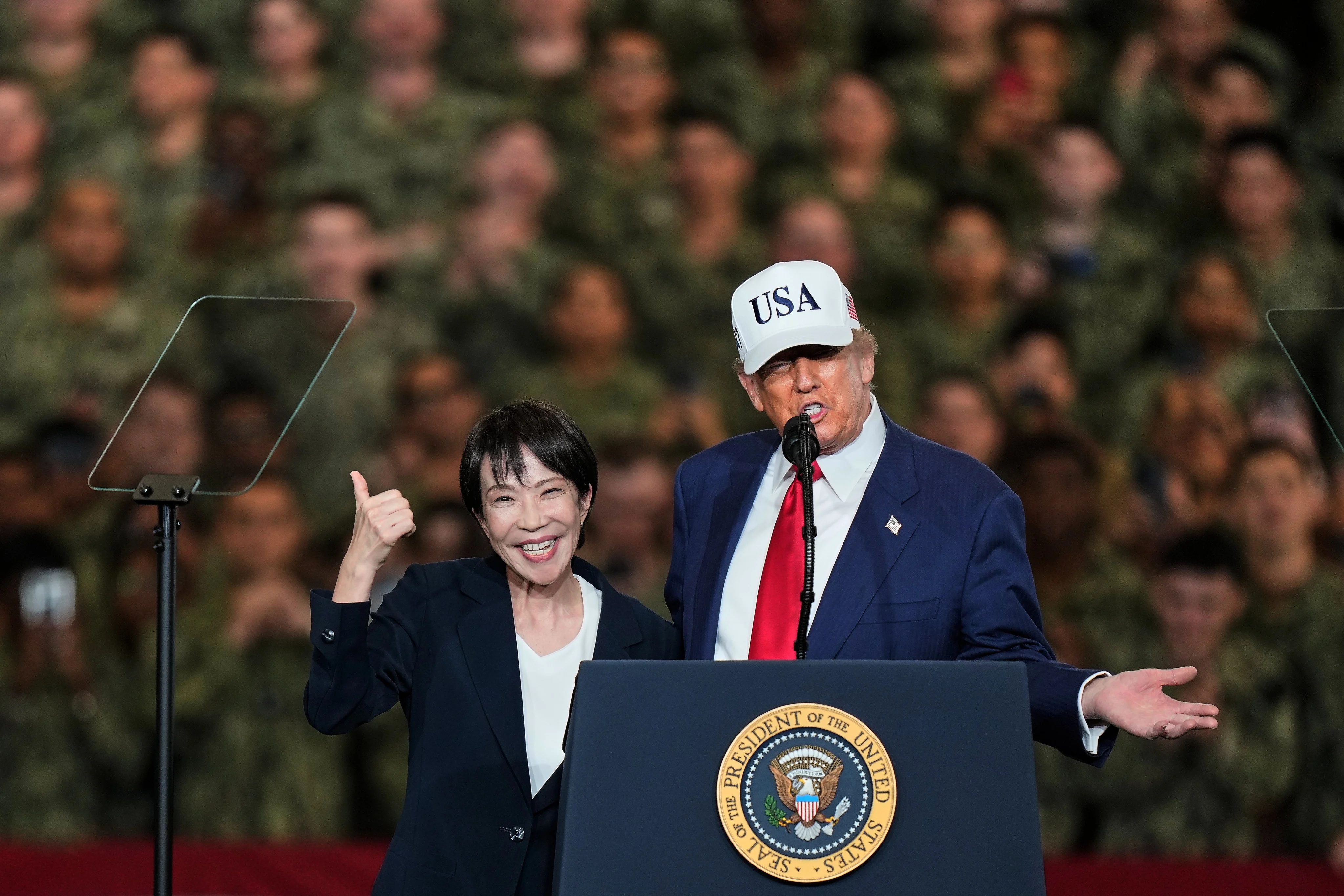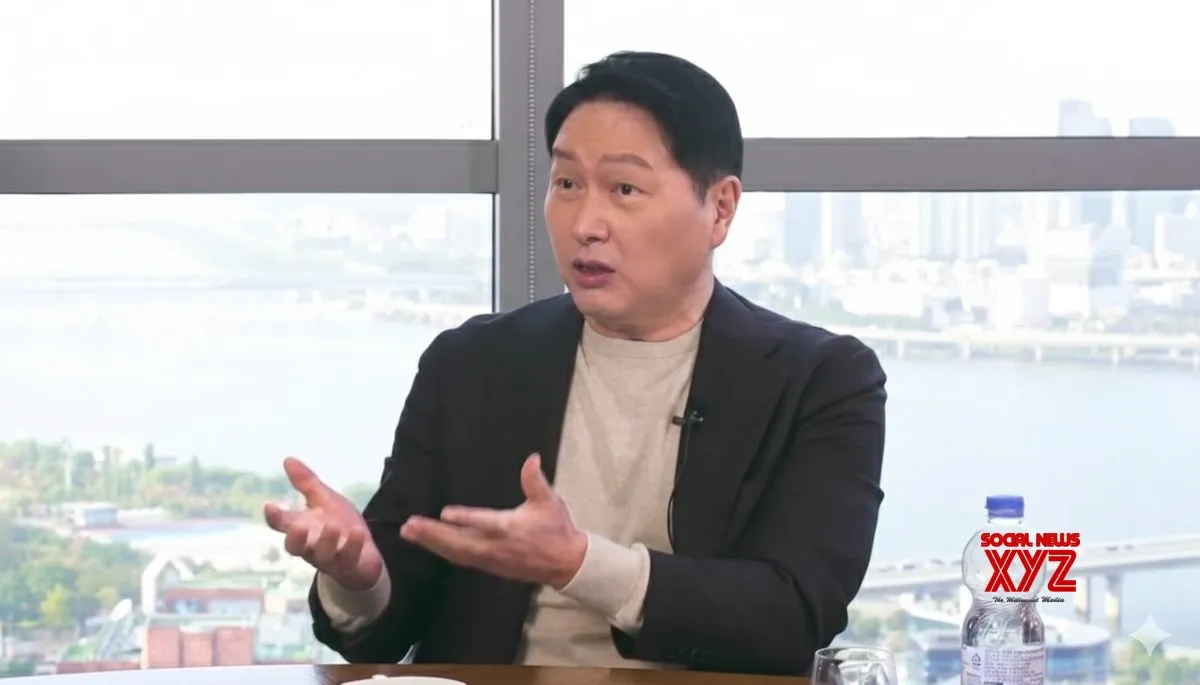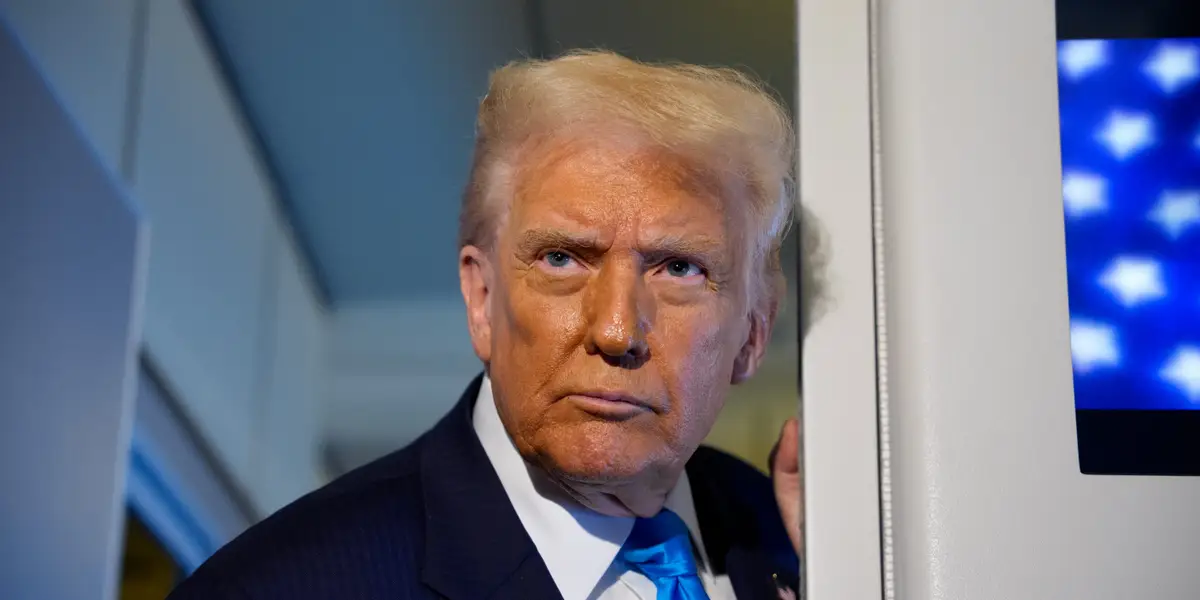Copyright scmp

“Hydraulic or magnets?” US President Donald Trump asked some baffled American troops stationed in Japan during his visit this week, and demanded to know which was better. That was during a speech aboard the USS George Washington, before hundreds of American servicemen and women who appeared to have no idea what their commander-in-chief was talking about. “You know, the new thing is magnets. So instead of using hydraulic that you can be hit by lightning and it’s fine, you take a little glass of water and you drop it on magnets, I don’t know what’s gonna happen.” Then he got to his point. “Which is better,” he asked. “Hydraulic …” That evoked cheers from some in his audience. “ … or magnets?” The crowd went silent. “What the hell is wrong with these people?” an exasperated Trump complained. You can hardly blame them. It seems Trump wasn’t talking about ordinary magnets, but rare earth magnets. But he failed to clarify and had everyone scratching their heads. “I’m gonna sign an executive order. When we build aircraft carriers, it’s steam for the catapults and it’s hydraulic for the elevators,” he said in a stream of consciousness. Behind the comic moment was some very serious business. The Trump administration desperately needs to reach deals to ease the pressure of China’s announced export controls over rare earths such as neodymium and samarium. Neodymium and samarium-cobalt magnets produce much stronger and more durable magnetic fields than other types of magnets, and that is what makes them valuable. Both have extensive and essential military applications. In their first meeting in six years this week, President Xi Jinping promised to lower some rare earth controls while Trump would halve select tariffs to 10 per cent. I doubt going back to steam or hydraulics is the answer for the US. Neodymium magnets are used in electric motors and actuators, which convert signals from sensors into mechanical actions in military aircraft, drones, battleships and ground offensive vehicles and electronic gear used by soldiers in combat. Samarium-cobalt magnets can maintain functions at extremely high temperatures, making them ideal for use in jet engines and deep-sea vehicles, in guidance systems for missiles and smart bombs, in satellite and radar systems, stealth aircraft and battleships. Lockheed Martin’s F-35, billed by the US as the world’s most advanced fighter jet, substantially relies on such advanced magnets. However, the aircraft is so expensive and high-maintenance that many US allies are having second thoughts about buying them, potentially preferring less advanced but more robust warplanes. In his speech, Trump made it sound like he was talking about the kind of magnets children play with; he might as well be. Many in his military audience probably knew far more about those advanced military-grade magnets than their president, if only they knew what he was referring to. Trump’s reference to building aircraft carriers may be less straightforward. It’s hard to know what was on his mind. But some educated guesses are possible. After Japan, Trump went to South Korea. To counter China’s dominance in shipbuilding, the Trump administration has been pressuring South Korea to invest in such capacities in the United States – “Make American shipbuilding great again” (Masga) – in strong-armed tactics similar to what he has been using on Taiwan to produce more of its advanced semiconductors in the US. The US currently only accounts for 0.04 per cent of global shipbuilding output, compared with 28 per cent of South Korea, which in turn is just slightly more than half of China’s. Shipyards in the US have been hampered by outdated facilities and a lack of skilled workers, both of which South Korea is expected to supply. Shipbuilders Hanwha Ocean, Samsung and HD Hyundai Heavy Industries have all been drafted into the Masga programme with investments worth around US$150 billion. Meanwhile, the US Navy has warned that current submarine and aircraft carrier production is insufficient, resulting in the US fleet being overstretched and facing deployment gaps. That was probably what Trump was thinking about when he referred to building aircraft carriers while aboard the USS George Washington. Why the US needs to patrol the world and threaten other nations is a good question. When Washington talks about military insufficiency, it really means the capacity to strike anywhere in the world, rather than protecting the homeland, which it is more than capable of. The residents of US allies like South Korea have baulked at Trump’s demands. Of course, China isn’t playing ball. They were probably on the US president’s mind when he asked about “magnets or hydraulic”.



